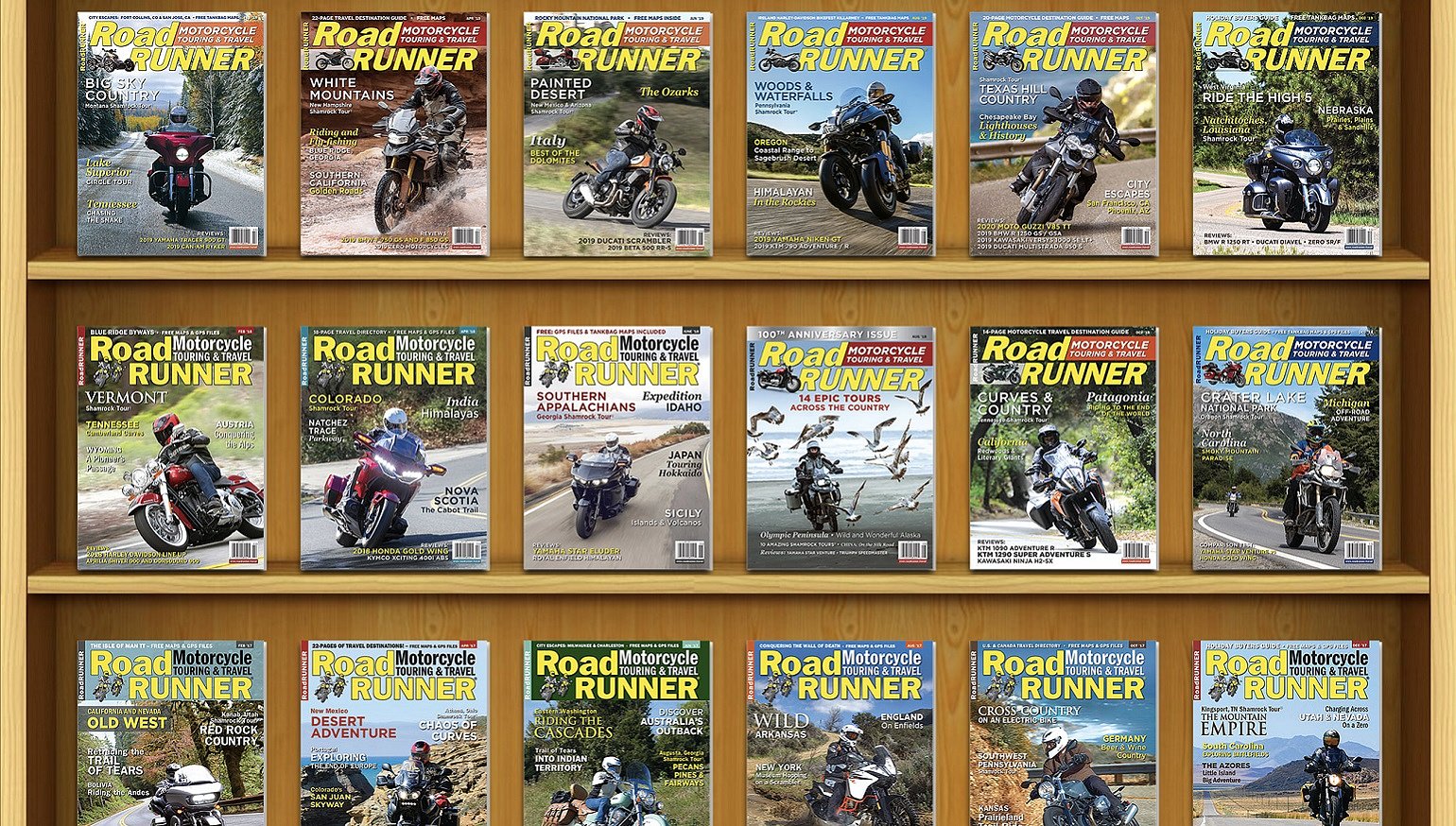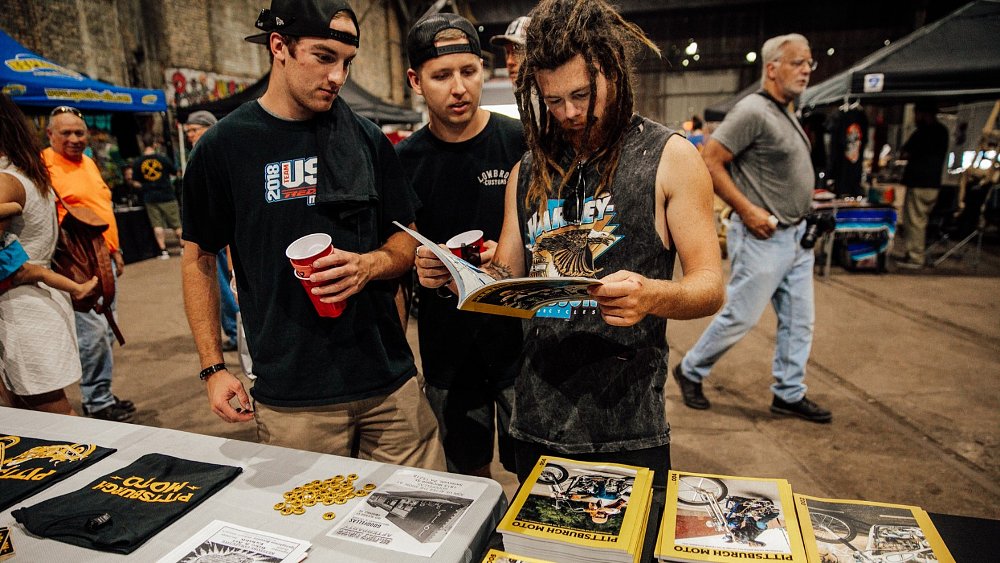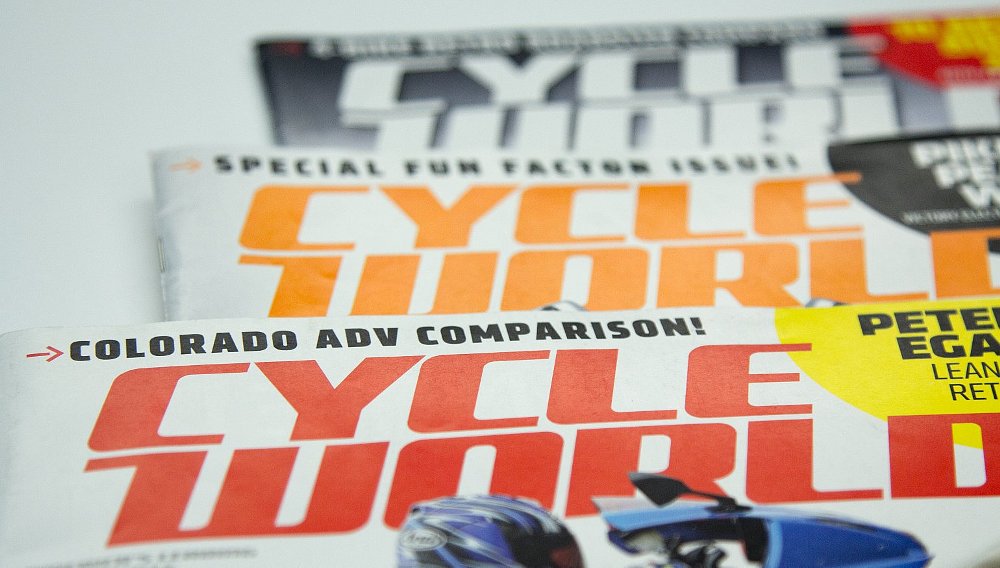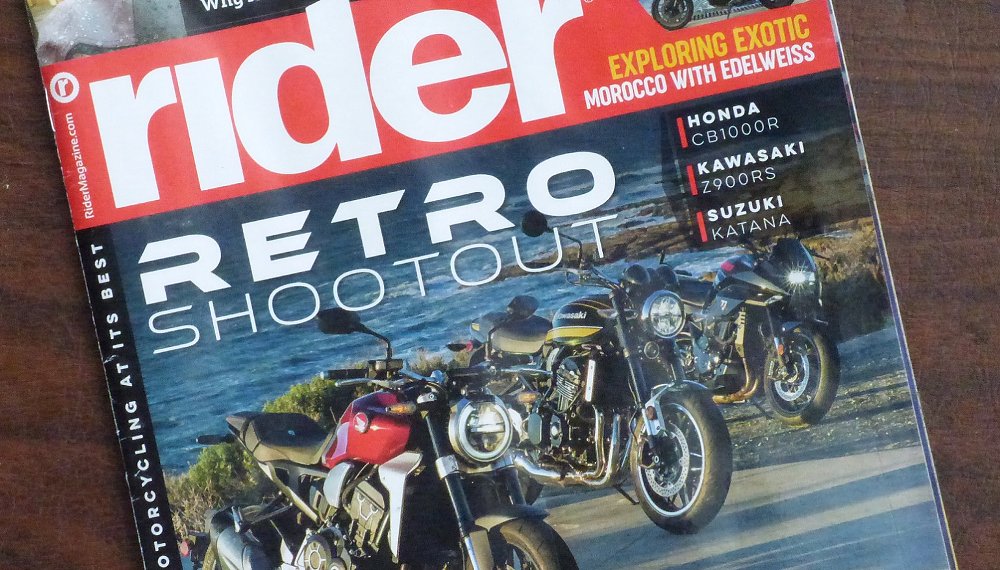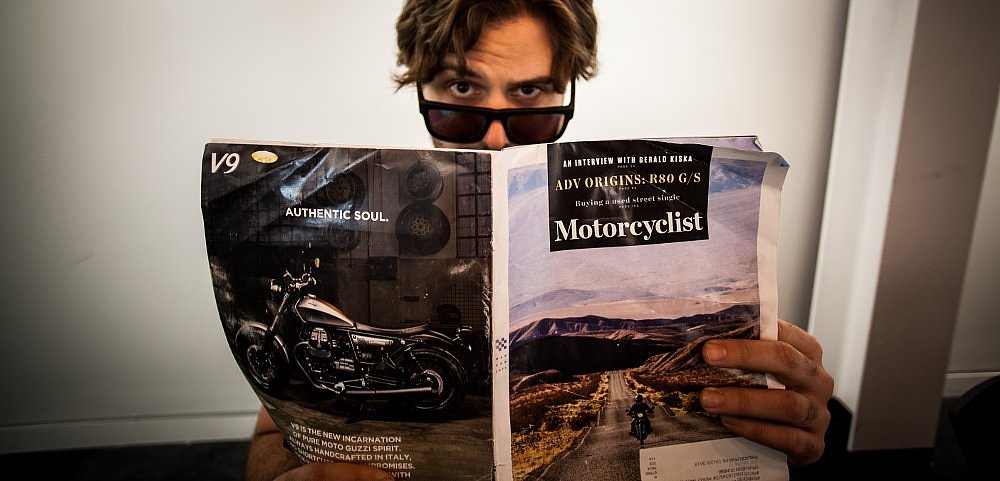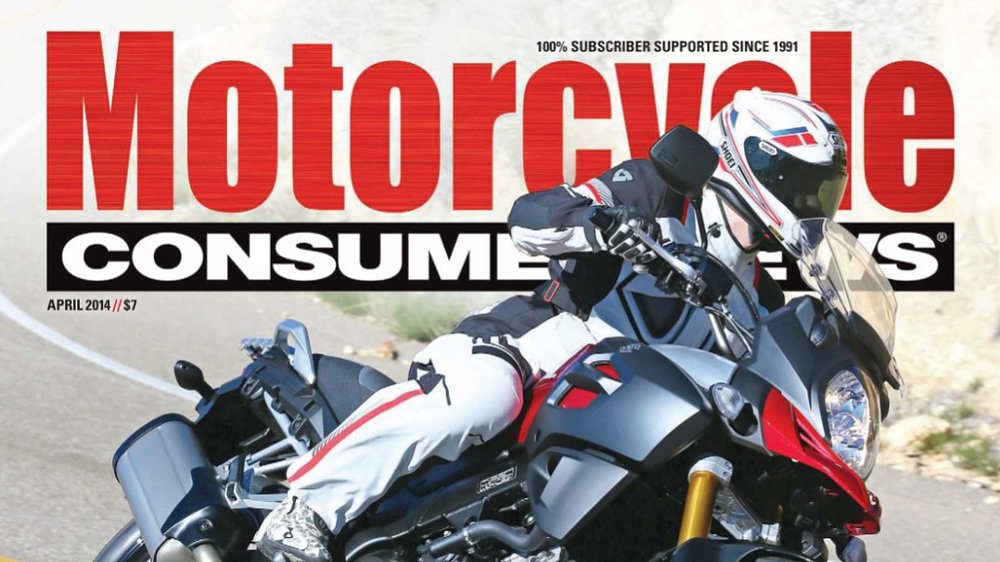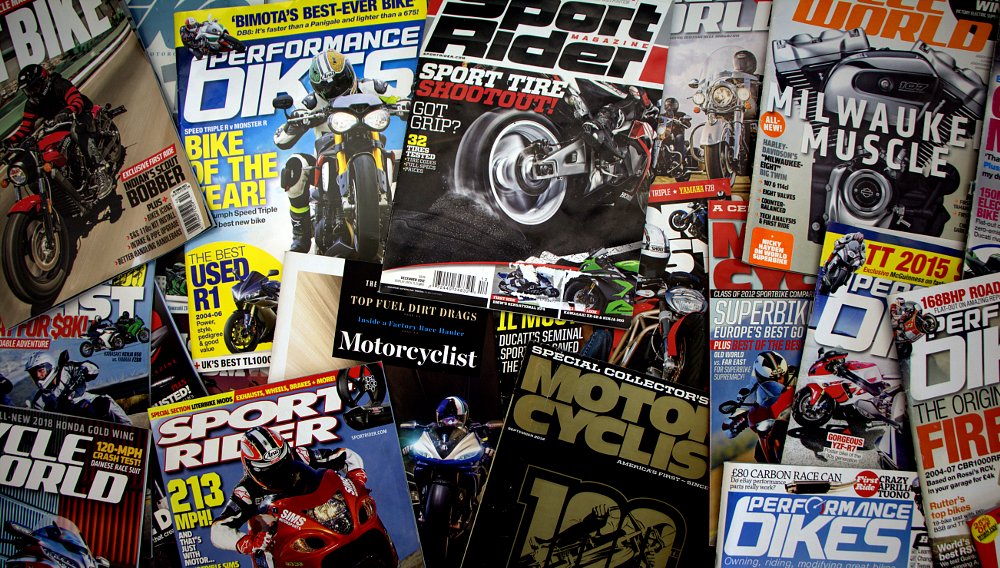Among the other, far worse losses of 2020, this has been the year the national print motorcycle magazine in the United States has nearly gone extinct. Cycle World (once the largest of them all, and backed by a large Swedish company), American Iron (gone despite its domestic base and focus) and Motorcycle Consumer News (being subscriber-based, rather than advertising-supported, didn't save it, either) all stopped publishing on paper. Rider (last of the national monthlies) stopped print publication for five months, without explanation, and recently resumed, still without explanation.
But not totally extinct. There's still RoadRUNNER, a national magazine focused on motorcycle travel (but now expanding its coverage a little to fill the void left by the others), printed six times a year on high-quality paper. (Subscriptions cost $29.95 a year.) To find out why RoadRUNNER has survived while the others have ceased publication, I talked to Managing Editor Florian Neuhauser. The short answer for RoadRUNNER's survival appears to be that it's a lean, family-owned business, instead of just another title owned by a large publisher, and, like most successful companies, it has built customer loyalty by knowing its readers and serving them well.
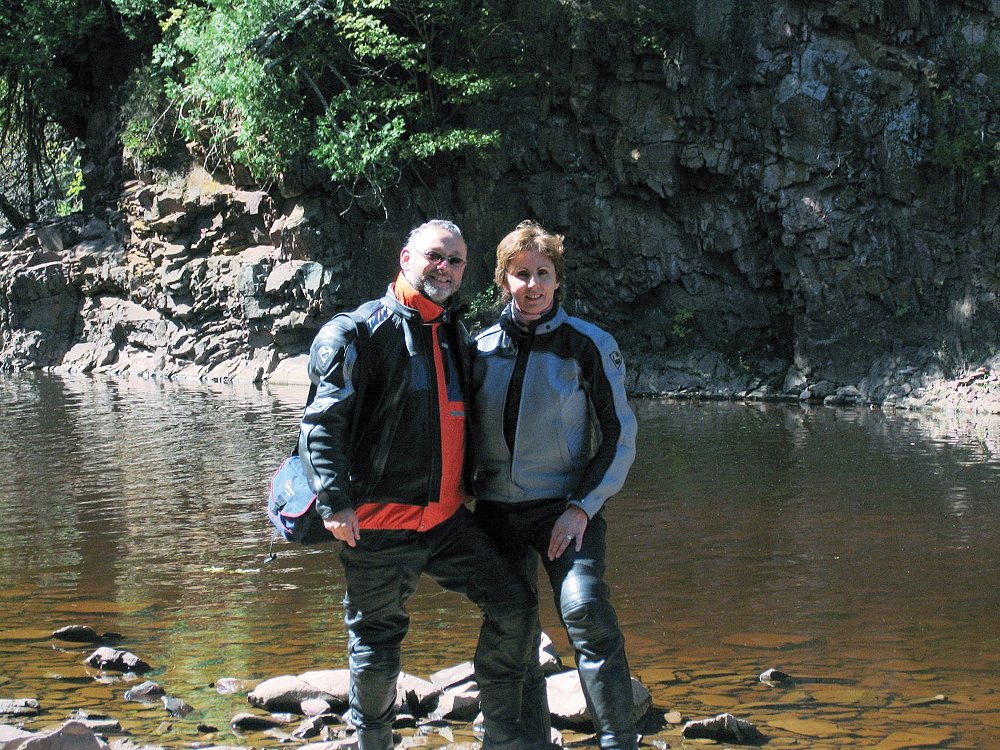
RoadRUNNER was launched by Christian and Christa Neuhauser, who moved to the United States from Austria in 1999 with their two sons, Florian and Manuel. Christian died in a crash in 2005, but his family has carried on the magazine he and Christa created. Florian said his parents loved riding motorcycles and skiing, so that led to my first question.
Lance Oliver: It's no easy thing to move to another country, especially when you have a family, and Austria seems like a pretty good place for riding motorcycles and skiing. So why did your parents move to North Carolina?
Florian Neuhauser: They were 39 years old at the time and I was 12 and my brother was 14. My dad was always a fan of American culture. He had a Corvette in Austria, which was not the right car for Austria. In the '90s they shipped their cruiser to America and followed Route 66. And a year later they did Highway One. They really liked America and he was always talking about America.
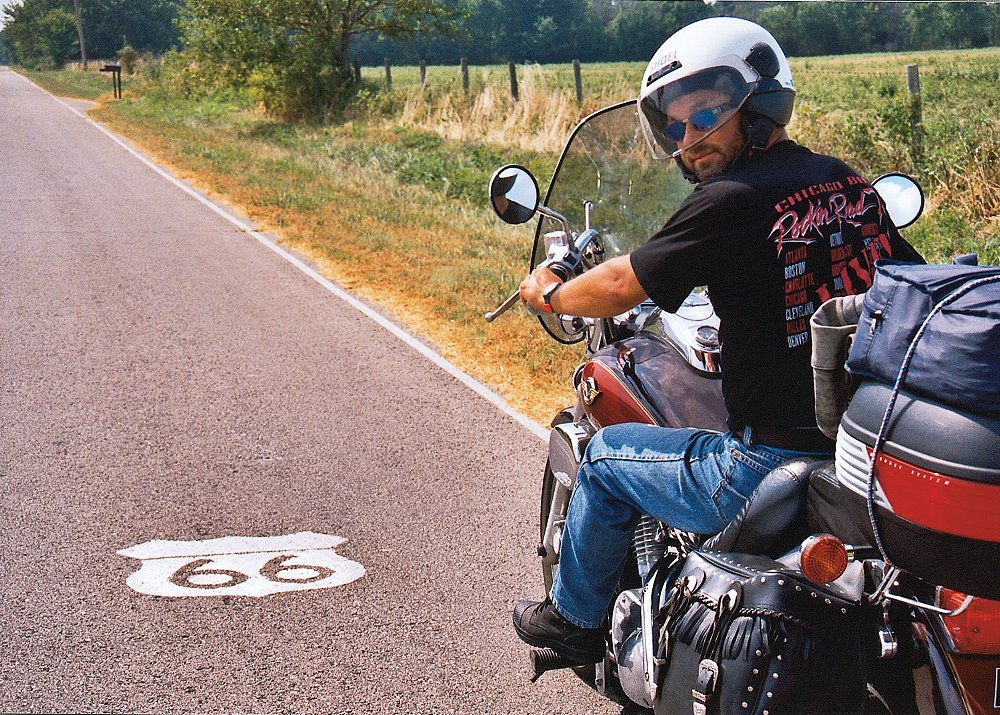
Austria is absolutely gorgeous. I always enjoy my time there. But living in a town of 8,000 people where everybody knows everybody is not easy and it's not for everyone. It's very traditional. My parents were very creative and wanted more.
LO: But your parents didn't have any experience running a magazine, right?
FN: In Austria, my dad was a professional photographer and he had an advertising agency. He started rather late in life to ride motorcycles. I think he was 35 years old. And like most people, he got a little cruiser and then he graduated to more of a sport-touring bike and ended up with a 1997 Triumph Tiger, which he brought to America. My mom only lasted a year as a passenger before she decided she wants to ride, as well. She had the Triumph Speed Triple she brought over.
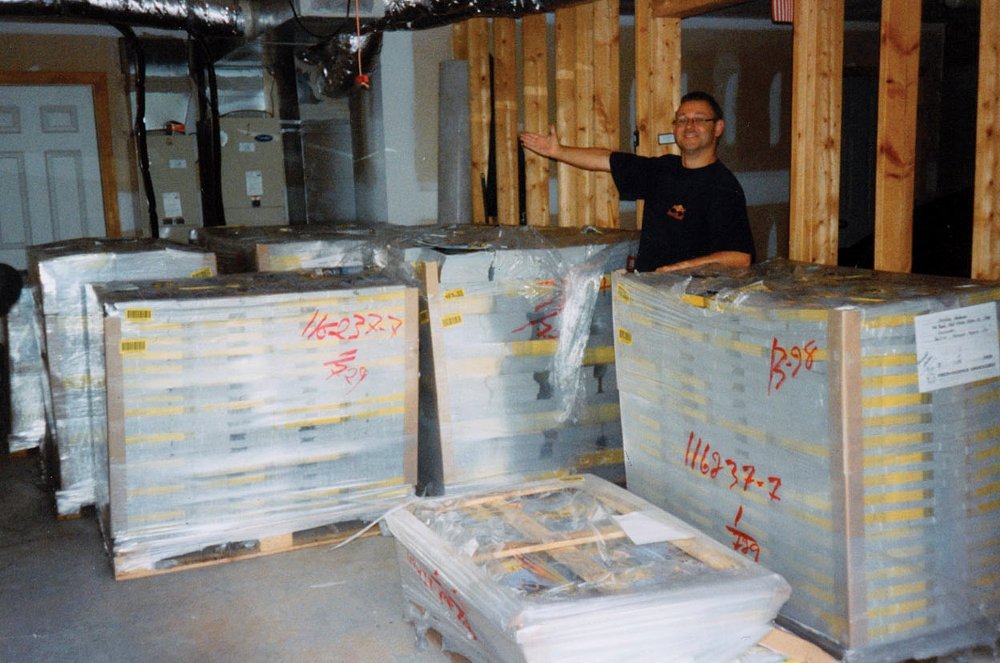
He moved to America and just wanted to focus on photography but I think that was too quiet of a life. Probably way too quiet. My dad was always in the bookstores looking for motorcycle magazines like we had in Austria, out of Germany, that tell you about all the cool roads to go ride and places to visit. And he couldn't find magazines like that. That's when the crazy idea came that we should start a magazine. Which obviously, at the time, was far-fetched, with no money, no understanding of the industry, barely spoke English. But somehow we were able to get the first couple of issues off the ground. From very early on, we always had the support of the readers. We did a lot of trade shows in those early years and people really liked it. We spent a lot of time and effort scouting out these roads and we showed them in detail where we rode.
LO: That's one thing that always separated RoadRUNNER, that you showed people exactly how to do the rides you featured in the magazine. First you had maps of the routes, then GPS files, and now you have your own navigation app, right?
FN: The other magazines mainly did motorcycle and product reviews. They were very well done but it has a short shelf life and it's current news. You have to get it quickly. And that's what the internet is for. Our magazine is timeless. Those roads never expire. I think 87 percent of our readers save and archive every issue. They read those issues over and over again and use the maps down the road.
Many years ago we came to terms with the fact that we will never be the first to have a world premiere of a new motorcycle. We're bimonthly and that's just not us. Once people buy the motorcycle, they have to do something with it and we give them the ideas and the motivation to go out there.
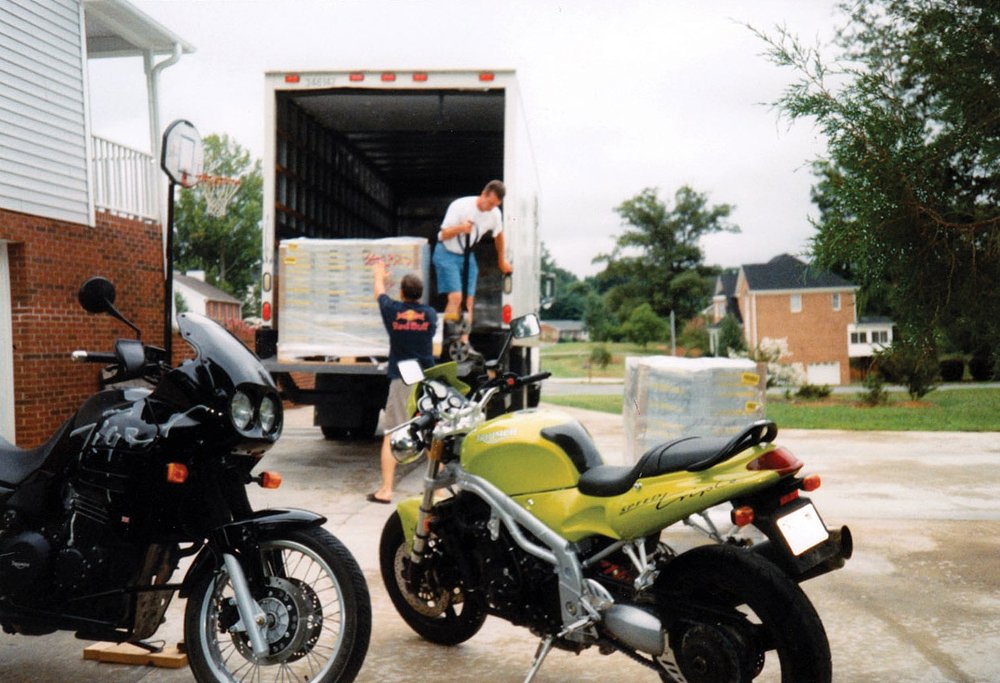
LO: We've seen huge magazines like Motorcyclist and Cycle World cease publication. Where do you think they went wrong?
FN: Cycle World, which always had really good motorcycle reviews — I thoroughly enjoyed the magazine — they made it an artsy quarterly, which is difficult, because your reader is a certain demographic and then you completely change the editorial product to go to someone else. I think the vast majority said "This is not for me. I can't relate any more." There was some really interesting stories in there but there was just not enough there.
LO: So why has RoadRUNNER been able to thrive while all these other magazines have failed?
FN: I think it's because we're a family-owned, single-title publisher. We have a small and dedicated team. We're very quick to make changes and we can react and we've always put our readers first. It's a magazine that's not cheap to produce. I'm talking about the paper and the poly bagging. But we've always decided the reader needs a high quality product.
I think some of these other titles are such big machines and there's so much overhead that they just suck everything out of the magazine and can't put anything back into it. Whereas pretty much everything we get out of the magazine we put right back into it. When I read the press releases (from Cycle World and Motorcyclist publisher Bonnier) that they had to let go 50 people here, 80 people there, I'm always wondering, what do all these people do? There's basically four of us working at RoadRUNNER, and then we have our graphic designer and our proofreader and our team of freelance writers. When I look at the size of our staff and what we can do I'm just not understanding such a large publishing company.

LO: You mentioned maintaining high quality and I've always been impressed with the level of RoadRUNNER's photography, in particular, because I know how hard it is to get that, especially when you're relying on freelance contributors.
FN: Everything you see here is created by our team of freelancers that we have worked with over the years. We can always work with the writers on improving the written word, but the photos are most important. We have a good and young and active team that likes travel and does these tours and researches them well.
It's a lot of work. First he has to make sure he's on the route, he has to look around and think about what photos he wants to take, which interesting places he wants to feature and he has to think about what he's going to write about, because that's probably the biggest challenge. The story. You can't just say "Go here, take a right, go straight." There needs to be a story.
Most of these tours are done by one person. And some of our best photographers, like John Flores, Uwe Krauss, do everything themselves. You couldn't tell by the photos they deliver because we see them on the motorcycle riding by, and it's not easy getting the ride-by shots by yourself. So it's a ton of work for the journalists once they're on the road and I'm always amazed by how well the stories turn out.
LO: Is there a future for advertising-supported print magazines or is that model doomed to eventually go away?
FN: My biggest headache is always the advertising. It's always a struggle. I saw other motorcycle magazines almost ditch the print advertising and just roll over and offer everything for digital. At least in my opinion, I don't think there's that much money in digital advertising. We do have digital advertising opportunities, but if you want the most effective way to reach our pre-qualified and pre-quantified audience, then it's the print magazine.
A lot of people don't understand the difference between direct response and a branding tool. Yes, you cannot measure response to a print ad. But it's not a direct-response tool. Print advertising is a branding tool. I don't think I've ever seen anybody go into Google and type in "Bohn body armor" without having ever seen that before. The seed has to be planted somewhere. Where do people first see something? It's usually magazines.
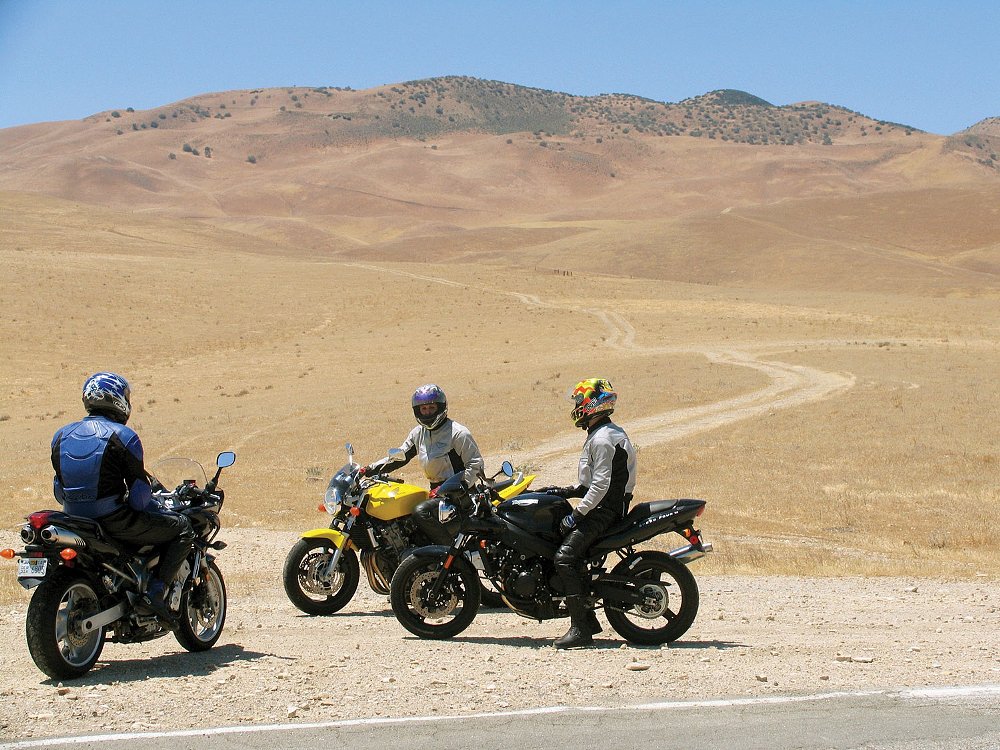
LO: Who are RoadRUNNER readers and how many are there?
FN: Our median age is 55. If we get some younger ones or older ones, that's fine, but people need to have time and they need to have money. It's not a cheap sport to do. But younger people are moving into the sport, so I have zero worries on that front.
We have 86 percent male, 14 percent female subscribers, but that's misleading. I know from standing at trade show booths for days on end that way more women read our magazine. It's not all nuts and bolts, it's a lot of travel experiences. And a lot of women do the travel planning. They're the ones who say, "We're going to go here."
We reach 232,000 readers with every issue, with 86,136 paid copies.
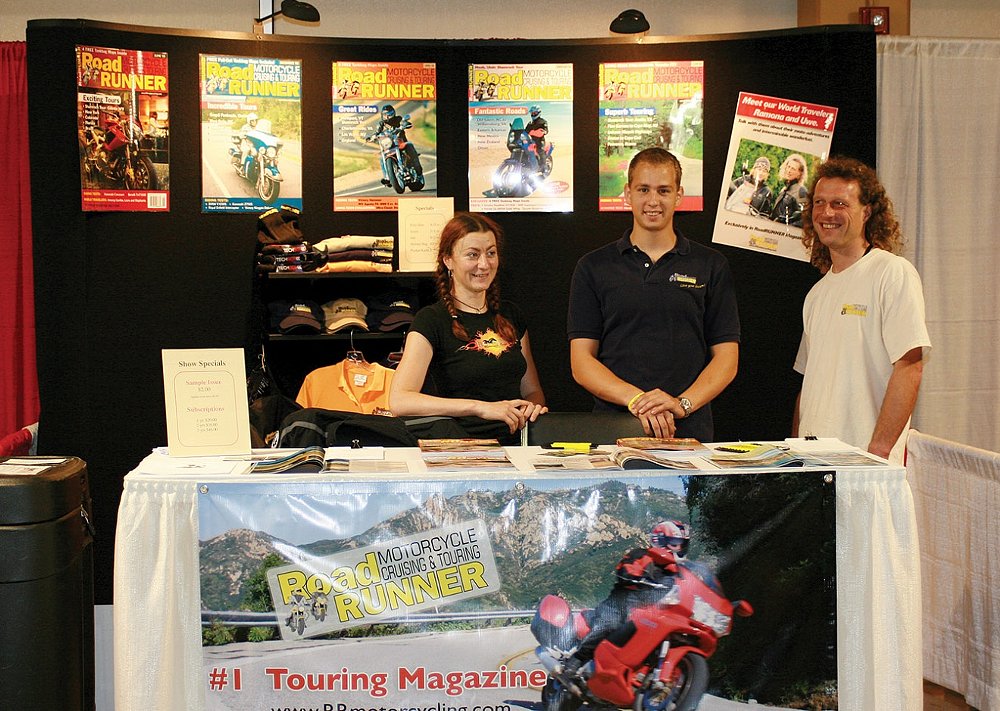
LO: In addition to the magazine, tell me about the other side of the business, where you produce tourism maps.
FN: In 2006 and '07, we started working with areas to promote to motorcycle riders. That was not easy at first. People in tourism offices usually know nothing about motorcycles. When you say motorcycles they think Hells Angels. Once they see the magazine and see a lot of Gold Wings with teddy bears strapped to them, it's less intimidating.
We did a Shamrock Tour out of Elijay, Georgia, and the Best Western. The first month alone they had 40 readers, 40 motorcyclists, stay there recreating the routes. That's 40 people in 30 days. Same with Wytheville, Virginia, because there's a restaurant we recommended and when some friends of mine recreated that tour, they sat down for lunch and the waitress came up and said, "You doing the RoadRUNNER ride?" It's really nice that it makes an economic impact. Where we ride motorcycles is off the beaten path and usually economically depressed. These areas have quickly realized that tourism makes a huge impact. We bring them in as advertising partners, we create these free motorcycle maps and really promote motorcycles in a positive way.
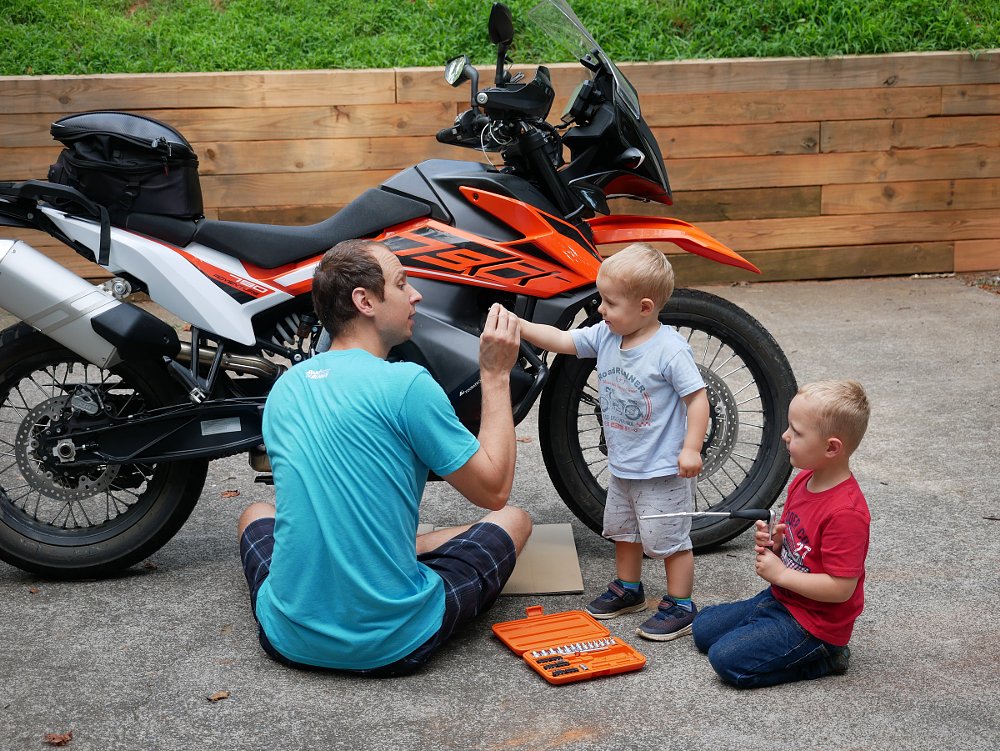
LO: What's the future for RoadRUNNER?
FN: We will try to retain the focus on travel but branch out a little bit and go more in-depth in other things. We have hired Kevin Duke now as our technical editor, which really put us forward lightyears in the quality of our motorcycle reviews. Now we're going to invest in technical articles and probably some video reviews of motorcycles and do a better job of product reviews.
Two years ago we started doing short travel videos. This year, unfortunately, we did not do any, but that will resume and we have plenty of video projects in the pipeline. Our app is doing well. We are continuing to increase tourism partners. It's looking good.




